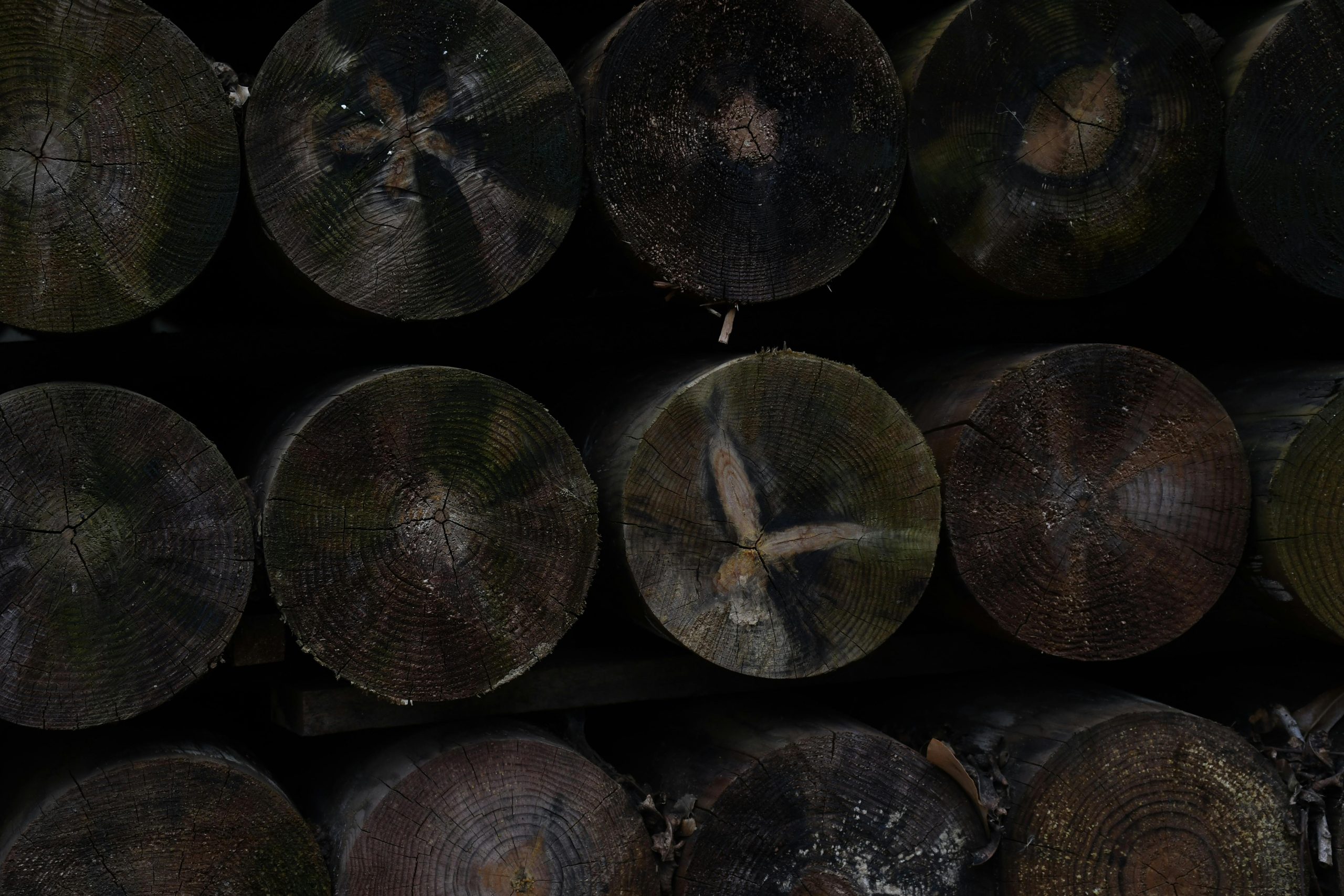The Legacy of Laser-Carved Stones: A Glimpse into the Distant Future
Imagine stumbling upon intricate stone carvings that date back 10,000 years. What would our descendants think of such finds in their future? As technology advances, our methods of documenting civilization evolve—from the chisels of ancient sculptors to the precision of laser technology. But will these futuristic creations stand the test of time, and what story will they tell to those who discover them centuries from now?
In today’s world, laser-carving technology allows us to etch detailed designs and messages onto stone with unprecedented precision. While these modern imprints may seem an everyday occurrence to us, they could become invaluable touchstones for future archaeologists peering back through the ages. The potential for such carvings to captivate and intrigue lies not just in their aesthetic beauty, but also in the historical context they might preserve—the culture, art, and even the language of our era.
Imagine a future archaeologist, perhaps in a world we can scarcely envision, who uncovers these laser-carved stones. What stories will they infer from our artistry? The interpretations could vary widely, ranging from seeing them as remnants of long-lost traditions to viewing them as artifacts that highlight the sophistication of a bygone civilization. The future perception of these stones will inevitably be shaped by the advancements and societal shifts that occur over millennia.
In capturing both the simplicity and complexity of our current age, these laser-etched stones could potentially become a bridge to the distant future. They might serve as tangible connections to our present, offering insights much like how we view ancient cave paintings today. As we leave behind these carved pieces, we’re not just crafting art; we’re creating dialogues with epochs yet to come.
Our ancestors might be fascinations to us because of what they’ve left behind—and similarly—turning stone into lasting monuments has the potential to cement our legacy in the annals of time. Thus, when pondering the future perception of laser-carved stones, one wonders: are we building our own mystery for the world of tomorrow to unravel?




When considering how people 10,000 years from now might perceive a laser-carved stone, it’s important to first reflect on the potential advancements in technology and knowledge that future civilizations may possess. Here are several factors and insights that might influence their interpretation:
Technological Evolution and Discovery:
By that time, laser technology as we know it might be primitive or even obsolete. However, the precision and intricacies of laser carving could still be recognized as a notable achievement of our era. Future historians or archaeologists might analyze the material composition of the stone and the carving methods to gain insights into our technological capabilities, much like how we study ancient inscriptions and artifacts today.
Cultural Context:
The significance of the carved content will play a crucial role. If the stone bears patterns, messages, or symbols relevant to our current culture, it might be interpreted in various ways. As cultural context evolves or gets lost over millennia, these interpretations might be vastly different or speculative, leading to diverse theories about their original intent and meaning.
Preservation and Condition:
The condition of the stone after 10,000 years will significantly affect its interpretation. If preserved well, future observers can discern more about the methods and precision of the carvings. Material sciences may have advanced to a point where they can accurately simulate the stone’s original appearance, even if it has weathered significantly.
Historical Significance:
If this stone is part of a larger archaeological discovery—perhaps in conjunction with other artifacts—it might offer a glimpse into our civilization’s art, economy, religion, or daily life. The context of discovery will inform its interpretation, potentially as a significant relic of an ancient civilization or merely a curious artifact.
Practical Advice for Future Understanding:
To ensure a coherent understanding of such artifacts 10,000 years from now, it would be wise for us to accompany them with metadata. This could be in the form of digital records stored in long-lasting media or additional carvings that explain the stone’s origins, purpose, and cultural significance. Even attempting an interlingual or symbolic key that transcends linguistic and cultural barriers might aid future researchers.
Environmental and Ethical Perspectives:
Future societies might also analyze these artifacts with a critical eye on environmental and ethical practices. The choice of materials, tools, and the purpose behind creating such a lasting piece might be scrutinized to understand our environmental footprint and the